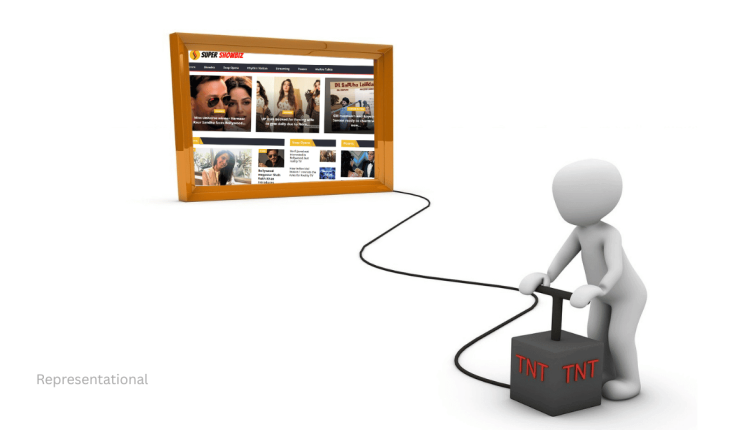How PR teams get paid to kill negative stories!
The call usually comes late in the evening, just as newsrooms are readying headlines for the next day. A story is about to break that could damage a star’s reputation, jeopardise an endorsement deal, or derail an upcoming release. Within minutes, phones ring across the city. A publicist’s voice is calm yet firm, armed with influence, bargaining chips and sometimes even financial leverage. What follows is a quiet negotiation, where stories are not published, headlines are softened, or damaging details are buried under competing distractions. This is the unseen economy of killing stories.
The trigger is often the fear of reputation loss. A negative headline is not just an embarrassment; it can have measurable financial consequences. Brands pull out of endorsement contracts if their ambassadors are caught in scandals. Film producers worry about box-office collections being affected by bad publicity. Investors fear association risks. This creates a market where preventing a story from appearing can sometimes be as valuable as running a full-scale promotional campaign.
The immediate impact is strategic silence. A damaging detail that was expected to dominate next morning’s front pages suddenly disappears. Industry watchers notice the gaps but rarely question them on record. For the celebrity, it means breathing space; for the PR machinery, it is proof of power. Yet contradictions abound. The same industry that thrives on transparency, gossip and news is also built on backdoor deals that manipulate what the public consumes.
Different stakeholders respond with layered strategies. Top Bollywood PR agencies shaping stars and movies justify interventions as necessary for “protecting clients” from defamation or half-truths. Journalists acknowledge the pressures but also admit that media houses survive on advertising revenue, some of which comes from the same celebrities and production houses. Editors, caught between ethics and economics, sometimes exercise selective silence. Public opinion, meanwhile, is shaped without ever knowing what was omitted.
Historically, this is not unique to Bollywood. Hollywood’s studio system in the 1940s and 1950s was infamous for paying gossip columnists to cover up star scandals. In India, the practice has shifted from outright payments to subtler trade-offs. Access to exclusives, first rights to interviews, or guaranteed advertising spends often serve as the currency of negotiation. Bollywood’s only PR guru Dale Bhagwagar has often publicly admitted that “managing the media” is as crucial as generating coverage.
Personalities play a role in how aggressively stories are buried. A rising actor may not have the resources to suppress damaging reports, whereas an established superstar with corporate backing can ensure unfavourable coverage rarely sees the light of day. The logics differ. For the struggling, every headline is survival. For the powerful, silence maintains the illusion of perfection.
An unexpected external factor complicates this practice: the rise of independent online media outlets that operate without traditional advertising dependencies. These platforms often resist pressure and publish stories despite attempts to block them. This creates unpredictability. A report killed in one mainstream outlet may surface elsewhere, triggering bigger coverage because of the very attempt to suppress it. What was meant to be silenced can instead explode into a larger scandal.
The larger consequence is a fragile ecosystem built on unspoken agreements. Killing stories may protect careers in the short term, but it weakens trust between media, audiences and celebrities. It raises questions about autonomy and the price of silence. In a business where money, influence and reputation are constantly negotiated, the absence of transparency is as telling as the headlines themselves. The industry thrives on appearances, yet it is the unprinted stories that often reveal the true balance of power.

